How Can I Make My Tires Last Longer?
Highlights:
- Regular inspections, pressure checks, and rotations help maximize tire lifespan.
- Proper alignment and balanced driving habits prevent uneven tread wear.
- Environmental conditions and tire age both impact long-term safety and performance.
- TLS Auto Specialist in Bothell, WA offers expert tire care to help drivers extend mileage.
Tires are one of the most important investments in your vehicle. They provide traction, stability, and comfort while directly influencing fuel economy and safety. Yet, many drivers overlook simple maintenance habits that make a big difference in tire longevity. In Bothell, WA, where wet roads and cool temperatures are common, taking proactive steps can prevent premature wear. At TLS Auto Specialist, technicians emphasize proper inflation, rotations, alignments, and routine inspections as the foundation for long-lasting tires. Regular care ensures smoother handling and lower repair costs over your car's lifespan.
Tire Pressure and Inflation
Maintaining proper air pressure is the easiest and most effective way to extend tire life. Underinflated tires create extra rolling resistance, which generates heat and accelerates sidewall wear. Overinflated tires, by contrast, cause the center tread to wear faster. Drivers should check pressure at least once a month and before long trips. According to NHTSA, nearly one in four cars on the road has at least one significantly underinflated tire, increasing the risk of blowouts and poor handling. A digital pressure gauge can help ensure consistent accuracy year-round.
Tire Rotation and Longevity
Consistent tire rotation is essential for even tread wear and longer tire life. Front and rear tires wear differently depending on drivetrain layout and steering load, so most automakers recommend rotating them every 5,000 to 8,000 miles, often coinciding with oil changes. According to the U.S. Tire Manufacturers Association, regular rotation promotes balanced wear, improves handling stability, and can extend overall tire lifespan. This simple maintenance step also offers a convenient time to check brakes and suspension components, helping prevent costly repairs later.
FAQ
How often should I rotate my tires?
Every 6,000-8,000 miles or during each oil change for balanced wear.
Does overinflation reduce tire life?
Yes, it causes the center tread to wear faster and reduces traction on wet roads.
Can tire pressure vary by season?
Absolutely-expect a 1 PSI drop for every 10°F temperature decrease.
Wheel alignment is essential for tire longevity and vehicle stability. When alignment angles drift-such as after hitting a curb or pothole-the tire tread no longer contacts the road evenly, leading to faster edge wear, vibration, and pulling. According to ResearchGate, misaligned toe angles can significantly increase fuel consumption by raising rolling resistance. Drivers in Bothell should schedule professional alignment checks annually or after any hard impact to preserve tire life, improve handling, and maintain optimal fuel efficiency.
Driving Habits and Tire Wear
Driving habits also determine how long your tires last. Rapid acceleration, harsh braking, and sharp cornering put enormous stress on rubber compounds. Instead, smooth driving and gentle steering inputs reduce friction and heat buildup. In urban areas like Bothell, maintaining steady speeds and coasting to stops helps balance wear patterns. Over time, drivers who adopt smoother habits spend less on tire replacements and enjoy better fuel economy and quieter rides. Practicing eco-driving not only saves gas but also extends the life of tires and brakes alike.
Tire Balancing and Stability
Balancing tires is another overlooked practice that protects both your tires and suspension. Imbalanced tires create vibrations at certain speeds, wearing tread in cupped or patchy patterns. Every time tires are rotated or replaced, they should be rebalanced to keep weight distribution even. This simple service prevents steering wheel shake, extends bearing life, and maintains even traction across the tire's surface throughout its lifespan. For Bothell drivers who frequently travel I-405 or hilly terrain, balancing is especially crucial for smooth highway performance and reduced cabin noise.
FAQ
What are signs my alignment is off?
The car may pull to one side or the steering wheel may sit off-center.
How often should alignment be checked?
At least once a year or after hitting potholes or curbs.
Does tire balancing affect fuel economy?
Yes, balanced tires reduce rolling resistance, improving efficiency.
Environmental factors like temperature, humidity, and road surface also influence tire health. UV exposure hardens rubber, while moisture can cause corrosion in steel belts. Storing your vehicle indoors or covering tires when parked outdoors helps slow down deterioration. For seasonal vehicles or extra tire sets, store them in a cool, dark space away from direct sunlight and heat sources. Always clean and dry tires before storage to prevent cracking or flat spots during long periods of inactivity. Tire bags or covers can help preserve elasticity and protect sidewalls from ozone damage.
Tire Age and Safety
Age is just as critical as tread depth when assessing safety. Even unused tires degrade chemically over time. Most manufacturers advise replacing tires every six years, regardless of mileage. Cracking sidewalls, dry rot, and discoloration indicate the rubber has lost elasticity. Checking the DOT code stamped on the sidewall reveals the production date. For example, a code ending in "2319" means the tire was built in the 23rd week of 2019. Anything older than six years deserves professional inspection before use. If you're unsure, TLS Auto Specialist can check tread depth and date codes for you.
Tire Selection and Replacement
Tire choice also impacts how long they last. Touring tires are engineered for longevity and comfort, while performance tires emphasize grip at the cost of faster wear. All-season options balance both needs for Bothell's variable climate. When choosing replacements, prioritize reputable brands and verify load and speed ratings match your vehicle specifications. Proper installation and torquing by a certified technician ensure even pressure distribution and long-term safety on the road. Pairing new tires with a fresh alignment ensures maximum return on investment and optimal performance.
Seasonal Maintenance and Inspections
Different seasons bring new challenges for tire care. Cold temperatures reduce tire pressure and traction, while summer heat can expand rubber and increase wear. Before winter, check tread depth and consider all-weather tires suited for the Pacific Northwest's wet conditions. Spring and fall are ideal times for rotation and alignment. For families taking road trips or commuting long distances, seasonal inspections at TLS Auto Specialist in Bothell, WA ensure safety and peak performance across changing conditions.
FAQ
How do I check tire age?
Look for the DOT code on the sidewall; the last four digits show week and year built.
Can old tires be safe if tread looks new?
Not necessarily; rubber weakens with age and loses flexibility.
Who provides expert tire service in Bothell, WA?
Visit TLS Auto Specialist for rotation, balancing, and replacement services.
Ultimately, tire longevity depends on consistency. Small efforts-monthly pressure checks, mindful driving, and professional inspections-add up over thousands of miles. A single neglected tire can compromise traction, reduce fuel efficiency, and increase braking distance. Partnering with local experts ensures every tire performs safely and evenly. Whether you're planning a long commute or weekend drive, proper tire care keeps you confident behind the wheel and saves money in the long run. In Bothell, WA, TLS Auto Specialist is ready to help your tires last longer and perform better year after year with trusted local expertise.
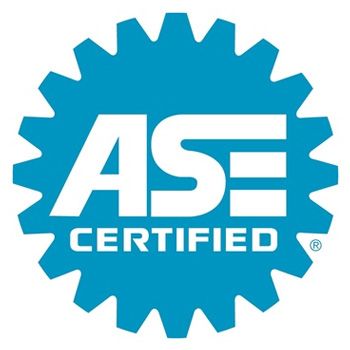

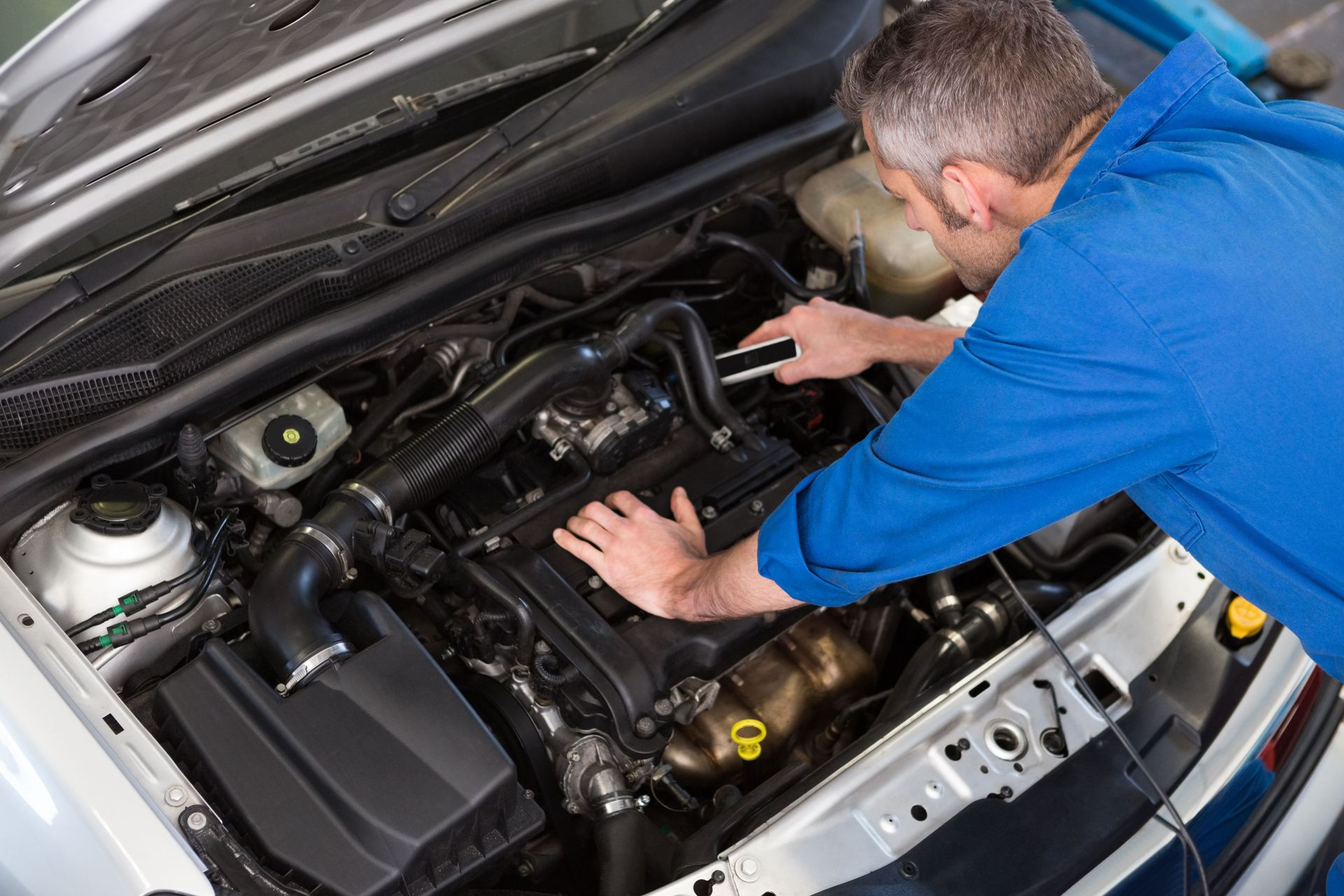
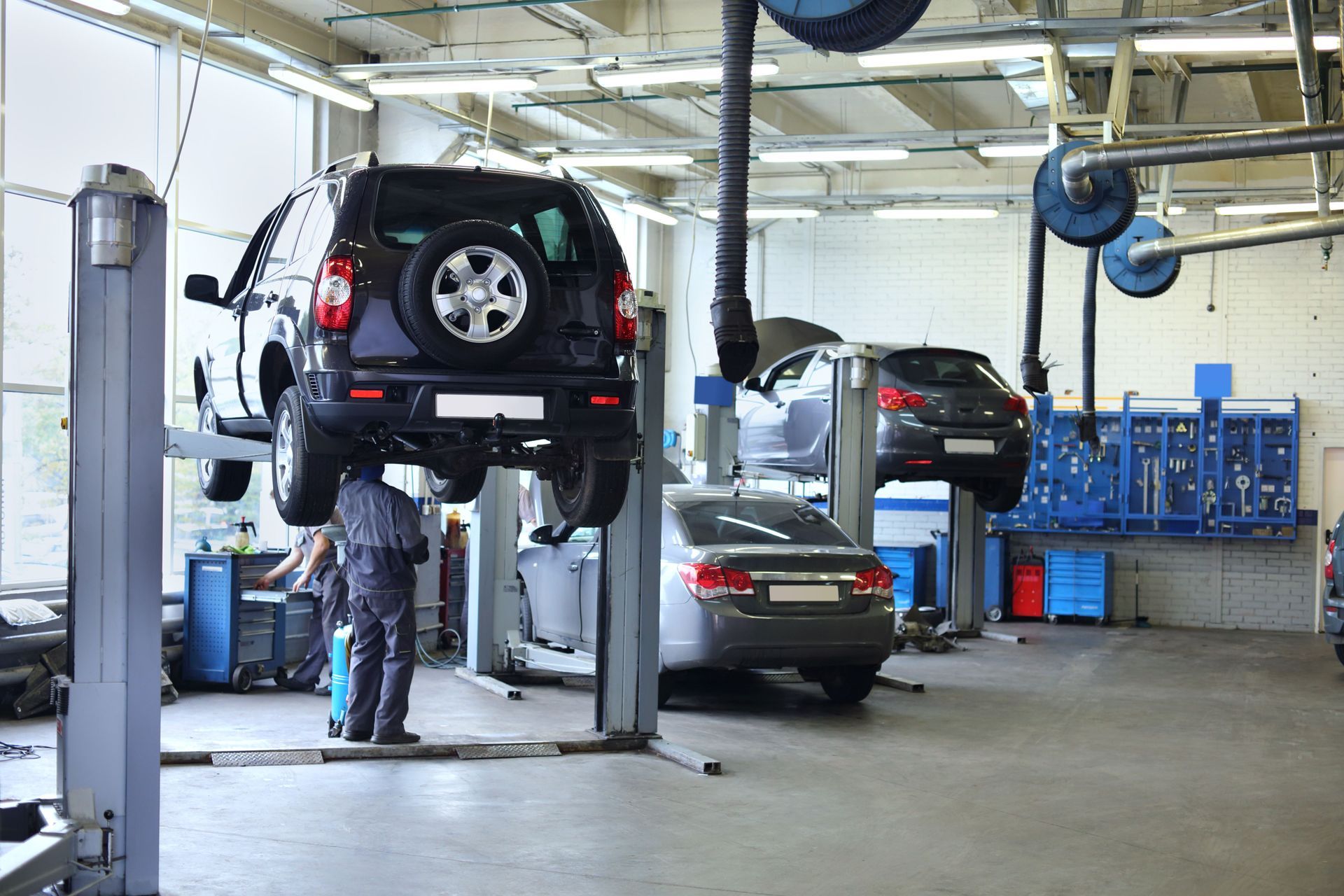
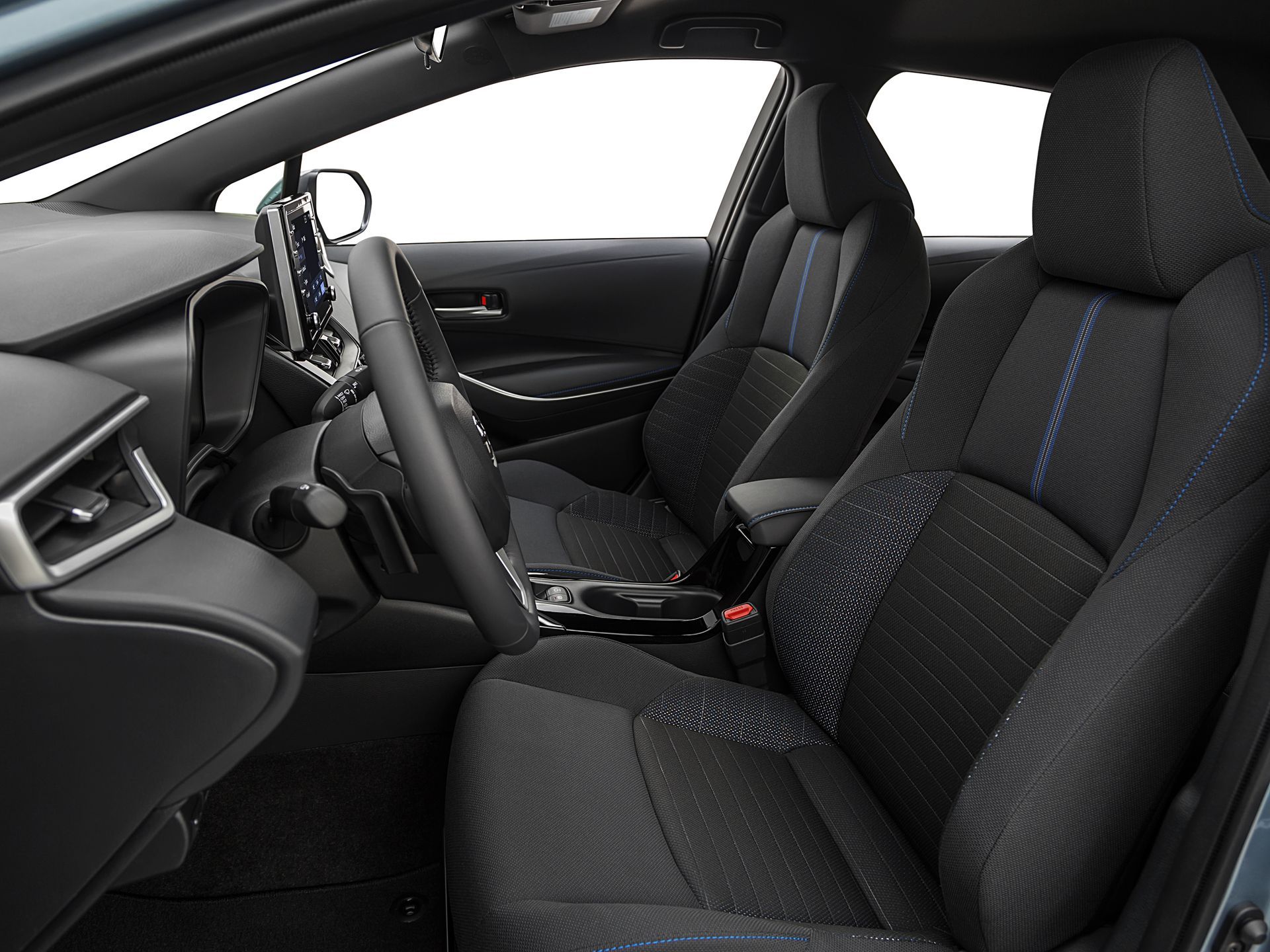
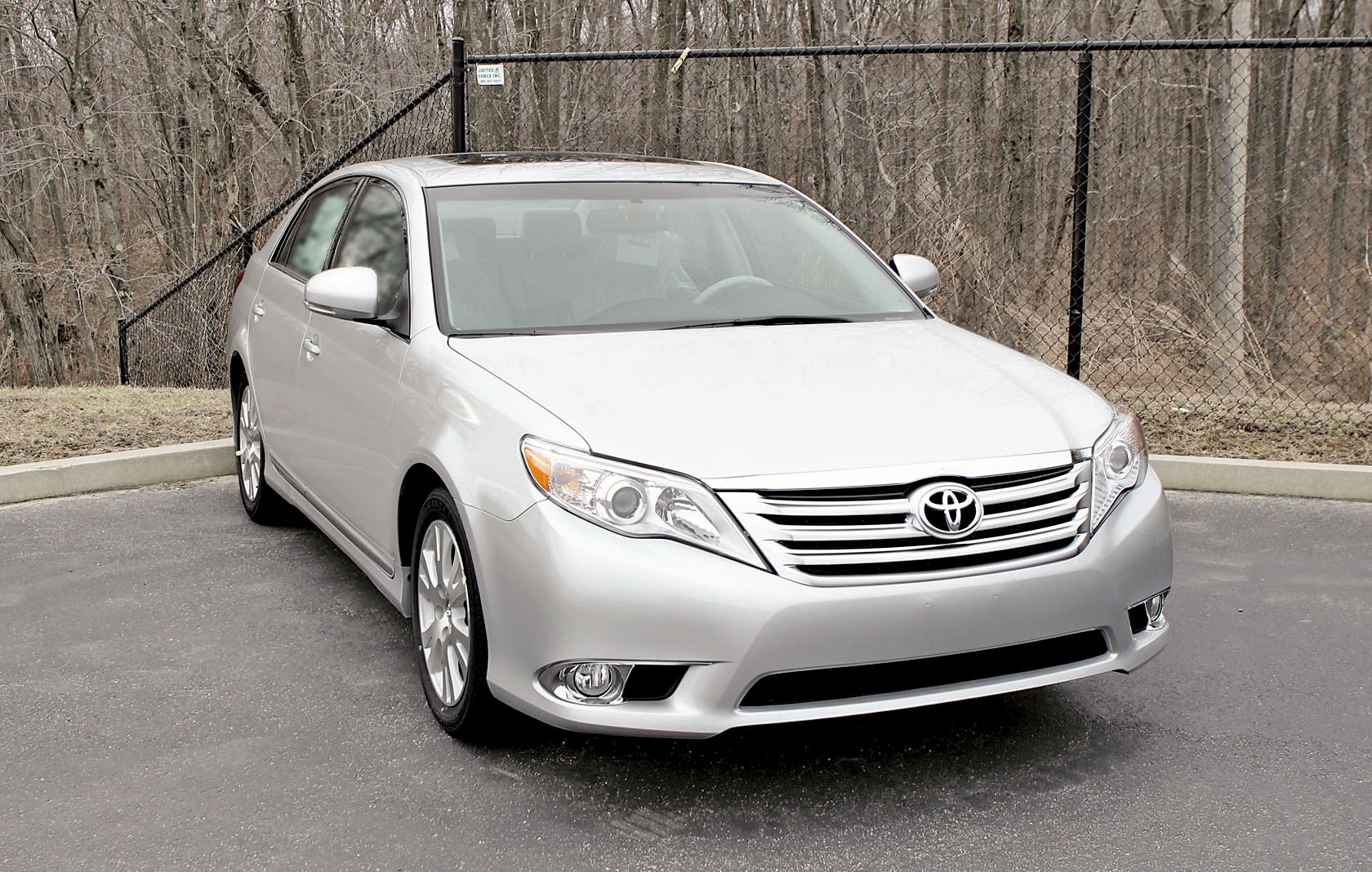
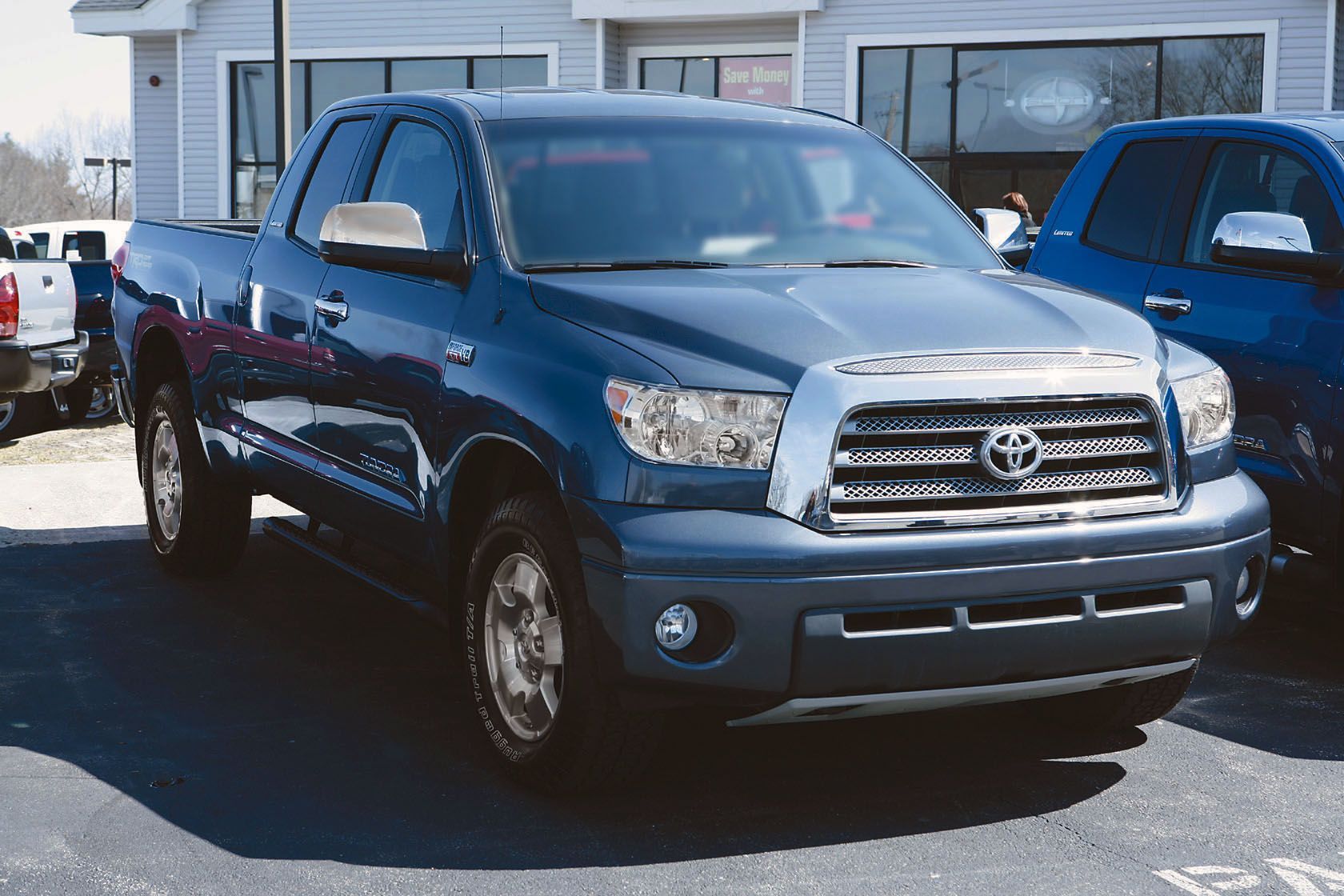
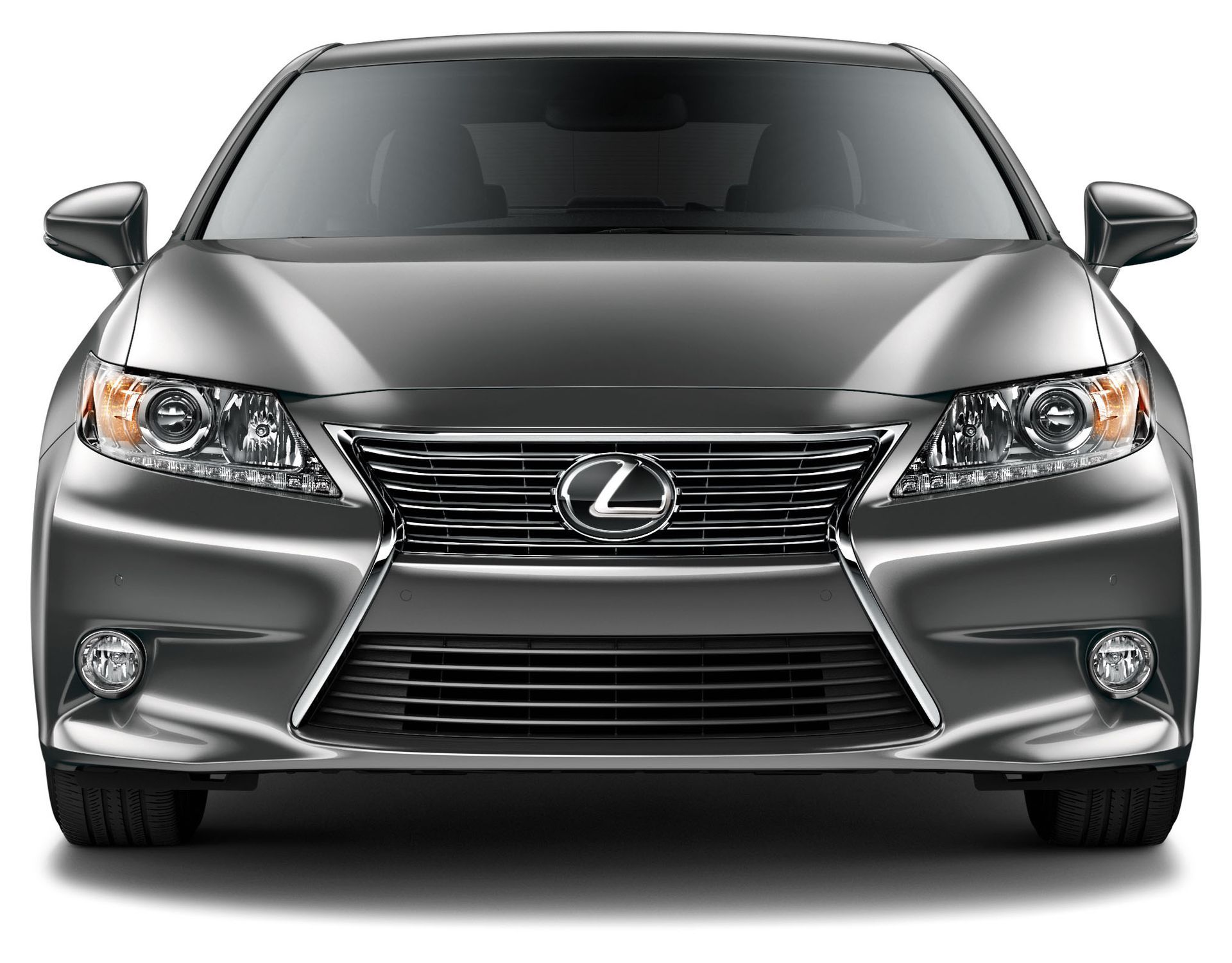
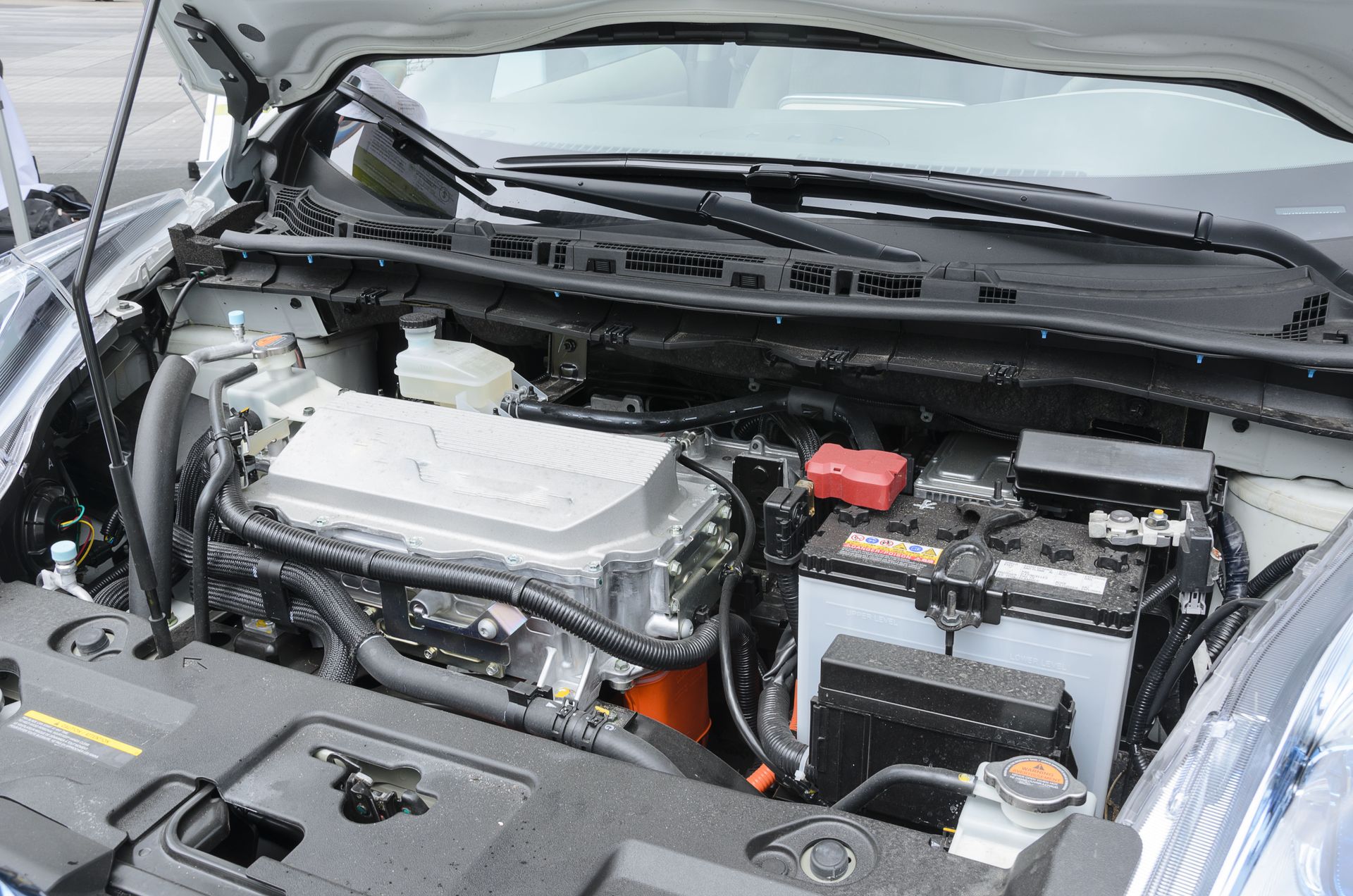
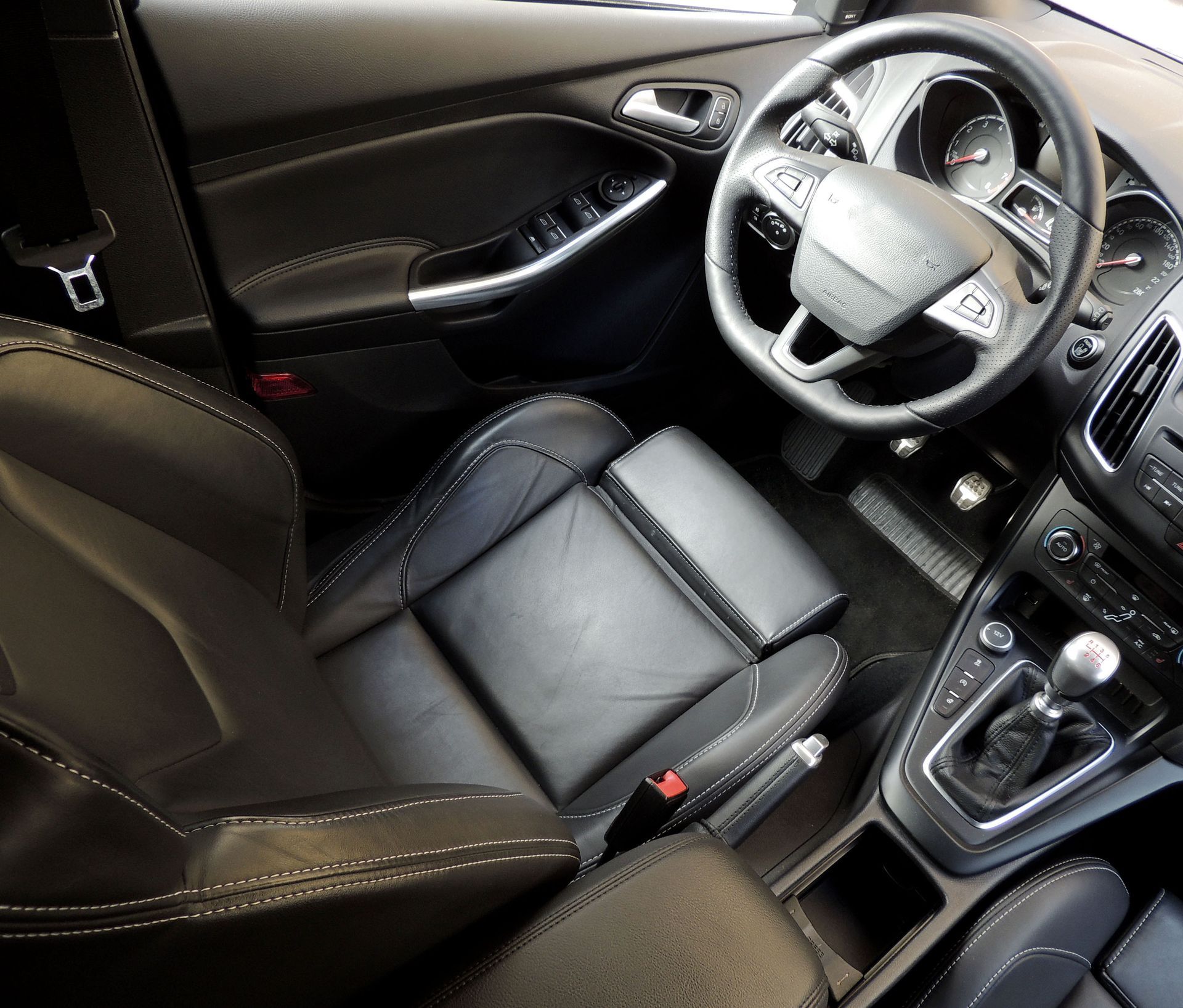
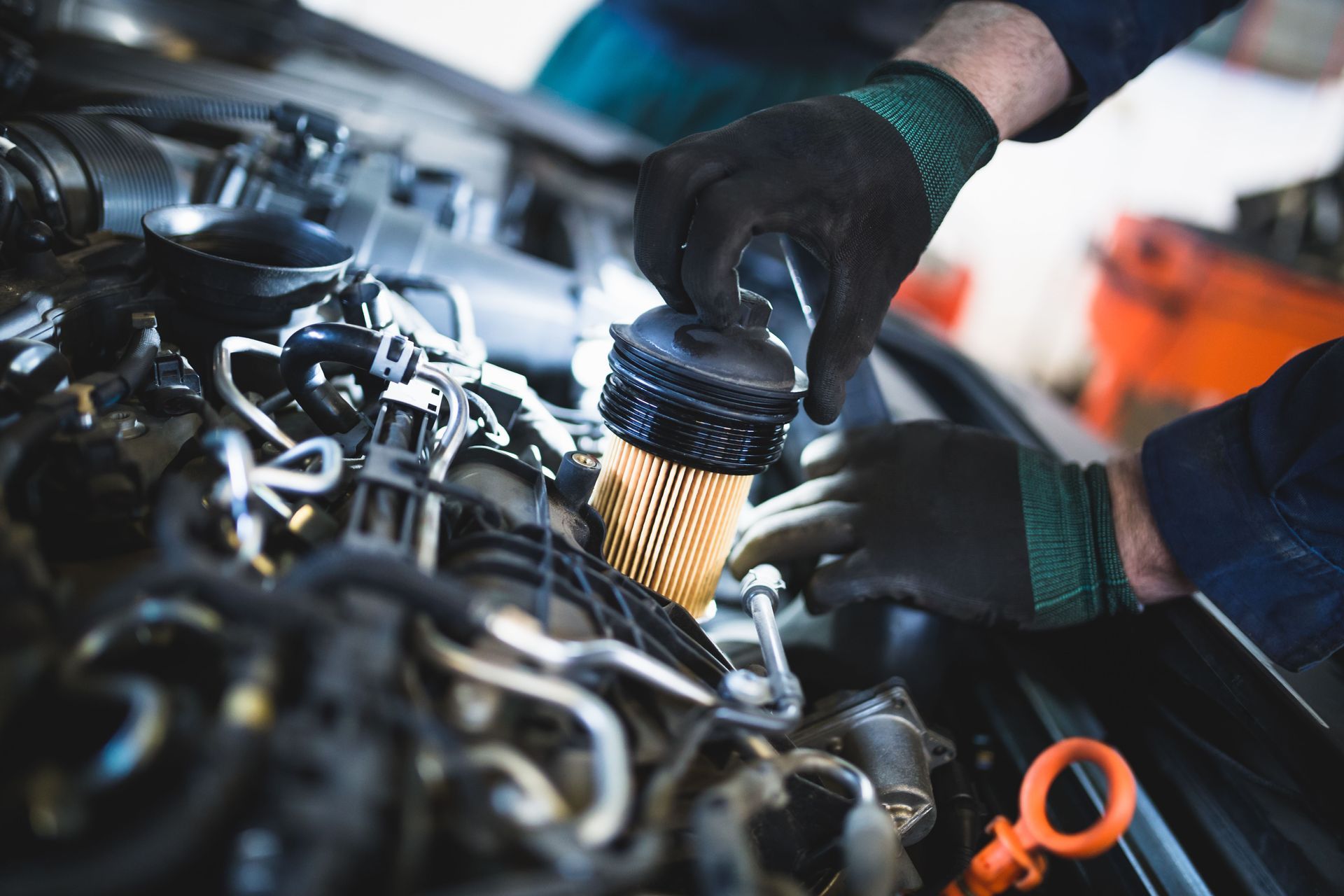
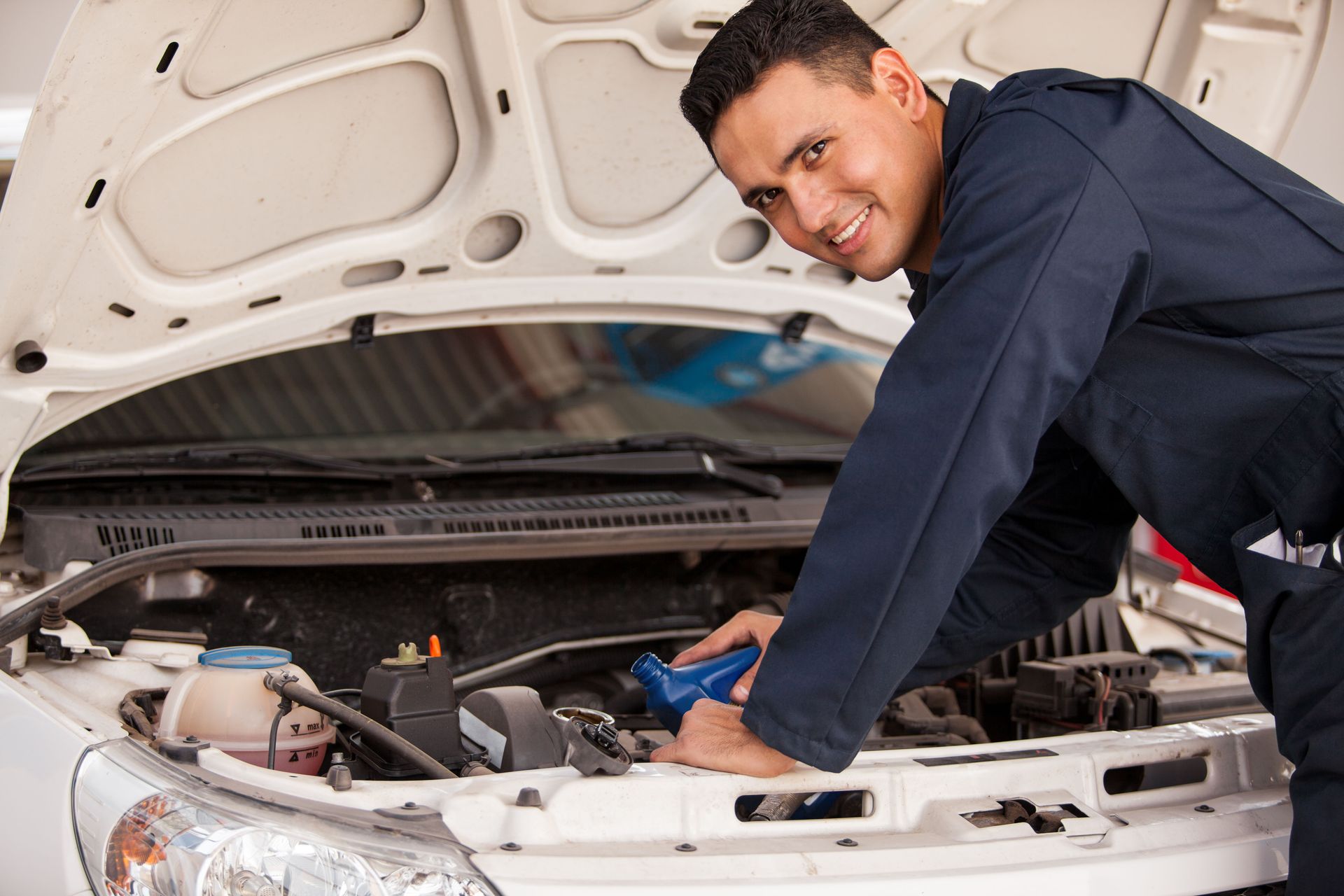
Share On: